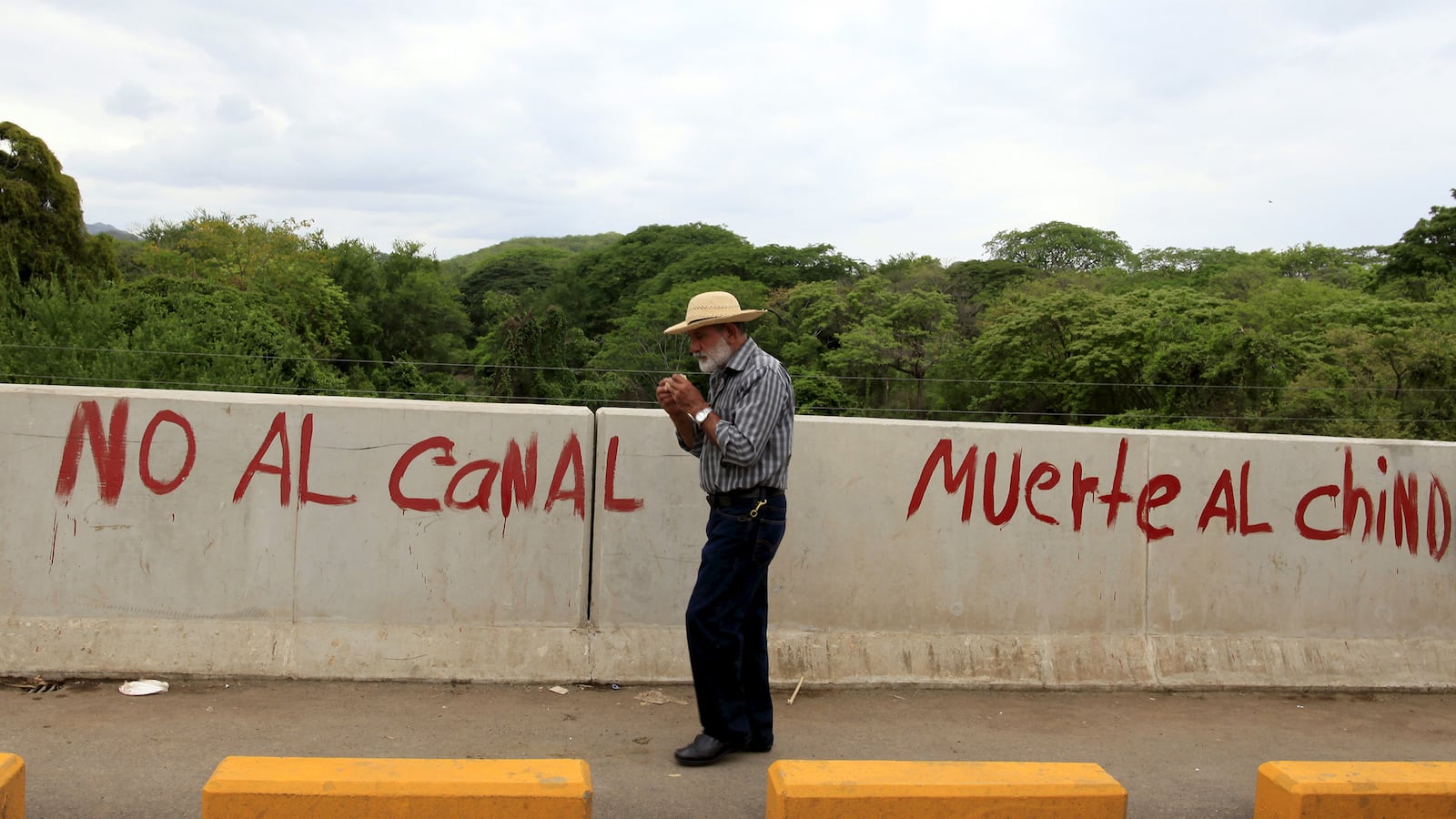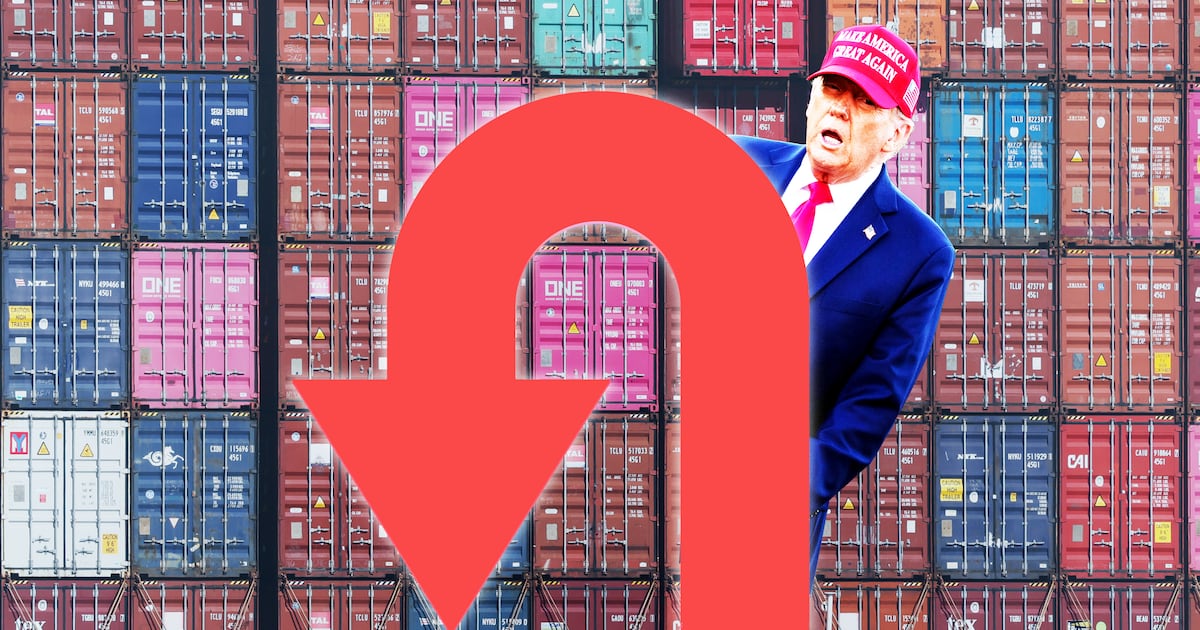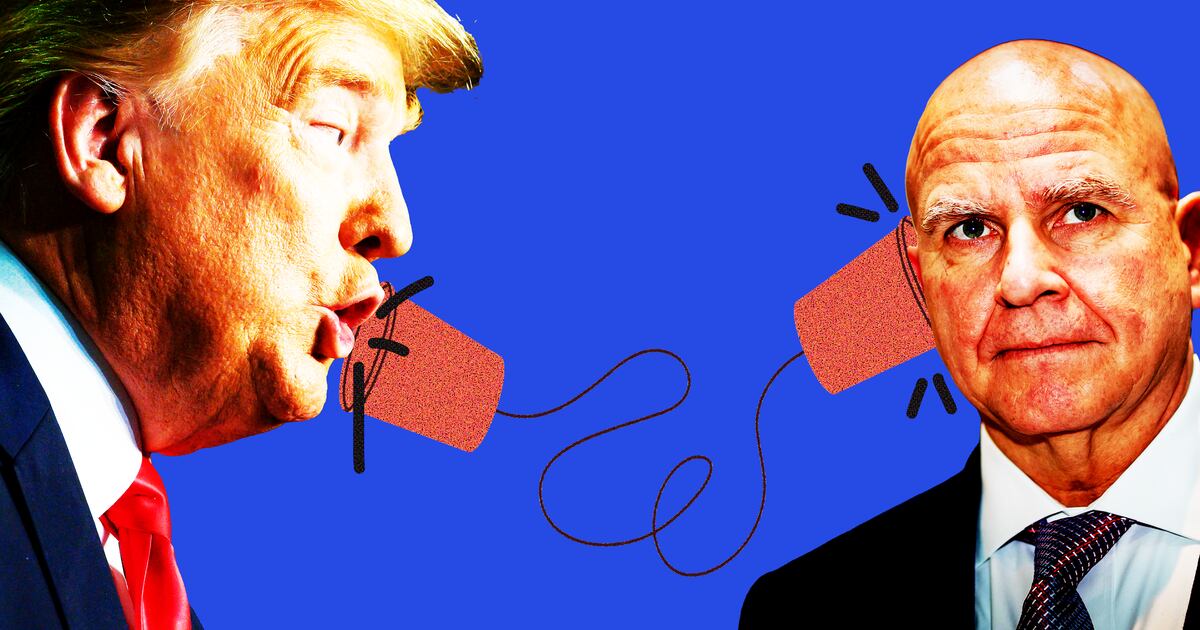If the much-ballyhooed canal across Nicaragua from the Atlantic to the Pacific is ever built, we are told, it will be one of the great engineering projects of our age. But, then again, we have heard that before. The dream has been around since the days of the conquistadores in the 1500s.
The current project is supposed to cost $50 billion, financed by a mysterious Chinese businessman named Wang Jing who is backed, almost certainly, by the Chinese government behind the scenes.
What more spectacular way for Beijing to establish itself in the back yard of the United States than to dig an enormous ditch through it?
And when China’s growth seemed to know no limits earlier in the decade, the undertaking appeared, perhaps, plausible.
But that growth has slowed, Wang Jing’s telecoms fortune was devastated in the stock market crashes last year, and despite official optimism in Managua, hopes for the controversial mega-project are fading.
As The Daily Beast reported in 2014, the social and environmental consequences of the project are extremely problematic, and have been largely ignored by the Nicaraguan government.
The increasingly autocratic regime of one-time guerrilla leader Daniel Ortega, watching as its Cuban allies lean toward the United States, and its Venezuelan sugar daddy goes bankrupt, dares not admit its most grandiose undertaking is just a computer-animated fantasy.
Yet … the dream of a canal cutting through Nicaragua is not likely to die altogether.
A look at the map shows the seductive logic of the geography. In the middle of the country in the middle of Central America is an enormous body of water, Lake Nicaragua, with relatively narrow strips of land on each side. By cutting through them to the lake, ships might pass easily from one side of the isthmus to the other.
In the middle of the 19th century, the promise held out by the Nicaraguan path between the seas led to epic intrigues and, indeed, wars waged by freebooting American imperialists and utterly ruthless American capitalists fighting each other for the spoils.

When the United States defeated Mexico in 1848 and took California, then gold was discovered there, the rush from the old east coast to the new west coast of the United States became a stampede—but not on land.
Forget all those movies you’ve seen about wagon trains across the plains. The vast majority of would-be miners, settlers and merchants booked passage on boats, first through the treacherous, stormy waters of Cape Horn, then, a bit later, on cobbled-together steamship lines that landed them on one side of Panama, put them on a crudely built railroad through the jungle, then loaded them on to new ships in the Pacific.
As traffic grew, America’s manifest destiny knew no bounds, Central America seemed quite vital to it, and men with vision thought Nicaragua held the key to the future.
Nobody was more convinced of that than the self-made multi-millionaire who styled himself “Commodore” Cornelius Vanderbilt. As T. J. Stiles writes in his highly readable biography, The First Tycoon, “an interoceanic canal—that would be a monument to enshrine his name in glory forever.”
But the politics of Central America, then even more than now, were treacherous. Nicaragua was beset by endless little wars—often more like family feuds—between the Liberals of Léon and the Conservatives of Granada.
In 1850, during a brief lull, Vanderbilt’s company managed to seal a deal for rights to build a canal and, while that was pending, to run a company offering combined rail and ship passage across the country.
Vanderbilt himself helped open up the route from the Caribbean port known at the time as Greytown (San Juan del Norte) through thick jungle —“dense dark solitudes, where the tapir and the wild boar roamed unmolested”—up the rapids of the San Juan River on shallow-draft paddle-wheel steamers to reach the lake.
At one point on his first voyage, Vanderbilt grew so frustrated as the boat seemed to stall against the rushing current that he shoved the pilot aside and took the helm.
As the engineer recalled, Vanderbilt tied down the safety valve and “put on all steam.” (Remember, in the 1850s boiler explosions were almost daily occurrences.) With the pressure building dangerously, the paddles whirling at furious speed, and the hull grating on the rocks, Stiles writes, at last the boat shot through.
In 1856, as Nicaragua’s factions once again waged war on each other, William Walker, an American adventurer dubbed “the grey-eyed man of destiny” in the U.S. press, brought a rag-tag band of “filibusters” to Nicaragua and managed to take over the country. He had enthusiastic backing from slave owners in the United States, who wanted to take over Cuba, Central America and what was left of Mexico. A lof of "manifest destiny" was driven but the "slavocracy" and its hunger for new land to grow cotton.

Soon, Walker was in cahoots with erstwhile partners and employees of Vanderbilt, bent on taking the canal and transport concessions away from the “Commodore.”
But Walker had not reckoned on Vanderbilt’s determination and his ruthlessness.
When the United States government declined to intervene, Vanderbilt turned to the British for help, then to one of the great forgotten mercenaries and covert operatives of the 19th century, Sylvanus Spencer.
A former sailor from the slums of New York City who had found work on the San Juan River route, Spencer offered his services to Vanderbilt to help take Nicaragua back from Walker.
Spencer turned to the Costa Ricans, who had tried to dislodge Walker without success. They feared, rightly, that if he succeeded in ruling Nicaragua, other “filibusteros” would descend on the rest of Central America.
With a force of a few hundred men, Spencer massacred the small garrison at one of Walker’s strategic forts on the San Juan, then used stealth and surprise to force the surrender of the rest.
Under pressure from a coalition of Central American armies, Walker finally was forced to give up his hold on Nicaragua, returned to the United States (where some still thought him a hero) and eventually tried once again to invade Central America. That time, he was captured by the British and handed over to local forces that put him in front of a firing squad.
In the end, Vanderbilt never was able to get his canal going. The engineering challenges were too enormous and the risks of seismic disaster great—Nicaragua is the scene of many active volcanoes, and frequent, sometimes horrendous earthquakes.
The American Civil War put grandiose projects on hold. Soon afterward the railroads tied the two coasts together. At the end of the century, the Panama Canal opened a different route from ocean to ocean.
The idea behind the new project is that it can handle more and bigger ships. Perhaps. But, more likely, the canal will remain the unrealized dream of men who want to enshrine their names in glory forever.





